 W
WAn aeolipile, aeolipyle, or eolipile, also known as a Hero's engine, is a simple, bladeless radial steam turbine which spins when the central water container is heated. Torque is produced by steam jets exiting the turbine. The Greek-Egyptian mathematician and engineer Hero of Alexandria described the device in the 1st century AD, and many sources give him the credit for its invention. However, Vitruvius was the first to describe this appliance in his De architectura.
 W
WBo hiya is the Japanese version of the fire arrow. Bo-hiya were used in ancient Japan and by the samurai class of feudal Japan.
 W
WThe Chongtong was the term for Joseon-era gunnery. There were many different types, various improvements over the years, often including renaming. The well-known "Cheonja", "Jija", "Hyeonja", and "Hwangja" were named after the first four characters of the Thousand Character Classic in decreasing size, thus making them equivalent to Cannons A, B, C, and D.
 W
WThe Congreve rocket was a type of rocket artillery designed by British inventor Sir William Congreve in 1804. There has been much discussion of whether or not the Congreve war rocket was a British or Indian invention. The design was based upon rockets deployed by the Kingdom of Mysore against the East India Company during the Second, Third, and Fourth Anglo-Mysore Wars. Lieutenant general Thomas Desaguliers, colonel commandant of the Royal Artillery at Woolwich, was impressed by reports of their effectiveness, and undertook several unsuccessful experiments to produce his own rocket weapons. Several captured Mysorean rockets were sent to England following the annexation of the Mysorean kingdom into British India following the death of Tipu Sultan in the siege of Seringapatam.
 W
WSir William Congreve, 2nd Baronet KCH FRS was an English soldier, publisher, inventor, rocket artillery pioneer renowned for his development and deployment of Congreve rockets, and a Tory Member of Parliament (MP).
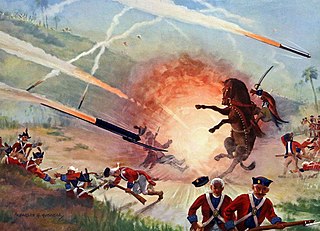 W
WFathul Mujahidin is a military manual that was written by Zainul Abedin Shustari at the instruction of Tipu Sultan, the ruler of the Kingdom of Mysore in South India considered a pioneer in the use of rocket artillery. Mysore started to equip their army with rockets in the 1750s and during the Second Anglo–Mysore War (1780–1784) Tipu and his father Haider Ali used this technology against British troops. Tipu Sultan used rockets in battle with the British Army in the 1792 Siege of Srirangapatna, a battle at the end of the Third Anglo-Mysore War.
 W
WFire arrows were one of the earliest forms of weaponized gunpowder, being used from the 9th century onward. Not to be confused with earlier incendiary arrow projectiles, the fire arrow was a gunpowder weapon which receives its name from the translated Chinese term huǒjiàn (火箭), which literally means fire arrow. In China a 'fire arrow' referred to a gunpowder projectile consisting of a bag of incendiary gunpowder attached to the shaft of an arrow. Fire arrows are the predecessors of fire lances, the first firearm.
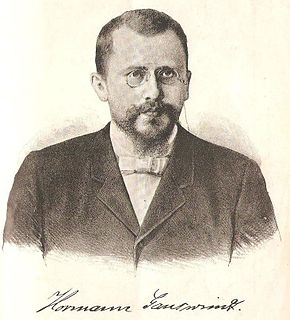 W
WHermann Ganswindt was a German inventor and spaceflight scientist, whose inventions are thought to have been ahead of his time.
 W
WRobert Hutchings Goddard was an American engineer, professor, physicist, and inventor who is credited with creating and building the world's first liquid-fueled rocket. Goddard successfully launched his rocket on March 16, 1926, which ushered in an era of space flight and innovation. He and his team launched 34 rockets between 1926 and 1941, achieving altitudes as high as 2.6 km (1.6 mi) and speeds as fast as 885 km/h (550 mph).
 W
WConrad Haas (1509–1576) was an Austrian or a Transylvanian Saxon military engineer from the Kingdom of Hungary, Transylvania. He was a pioneer of rocket propulsion. His designs include a three-stage rocket and a manned rocket.
 W
WWilliam Hale, was a British inventor and rocket pioneer.
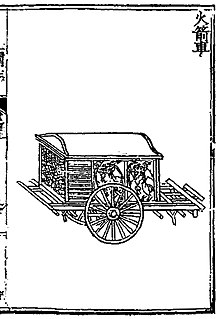 W
WHuo Che or rocket carts are several types of Chinese multiple rocket launcher developed for firing multiple fire arrows. The name Huo Che first appears in Feng Tian Jing Nan Ji, a historical text covering the Jingnan War of Ming dynasty.
 W
WThe Huolongjing, also known as Huoqitu, is a Chinese military treatise compiled and edited by Jiao Yu and Liu Bowen of the early Ming dynasty (1368–1683) during the 14th-century. The Huolongjing is primarily based on the text known as Huolong Shenqi Tufa, which is no longer extant.
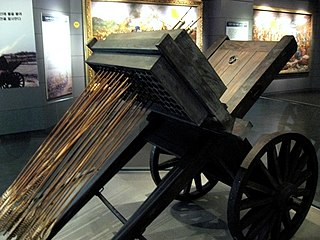 W
WThe hwacha or hwach'a was a multiple rocket launcher and an organ gun of similar design which were developed in fifteenth century Korea. The former variant fired one or two hundred rocket-powered arrows while the latter fired several dozen iron-headed arrows or bolts out of gun barrels. The term was used to refer to other war wagons or other cart-based artillery in later periods, such as that developed by Byeon Yijung in the 1590s.
 W
WJohann Schmidlap of Schorndorf was a 16th-century Bavarian fireworks maker and rocket pioneer.
 W
WNikolai Ivanovich Kibalchich was a Russian revolutionary of Ukrainian-Serbian origin who took part in the assassination of Tsar Alexander II as the main explosive expert for Narodnaya Volya, and was also a rocket pioneer. He was a distant cousin of revolutionary Victor Serge.
 W
WThe Battle of Leipzig, contemporaneously called the Battle of Leipsic(French: Bataille de Leipsick; German: Völkerschlacht bei Leipzig ; Swedish: Slaget vid Leipzig) and later the Battle of the Nations, was fought from 16 to 19 October 1813 at Leipzig, Saxony.
 W
WHermann Julius Oberth was an Austro-Hungarian-born German physicist and engineer. He is considered one of the founding fathers of rocketry and astronautics, along with the French Robert Esnault-Pelterie, the Russian Konstantin Tsiolkovsky, and the American Robert Goddard.
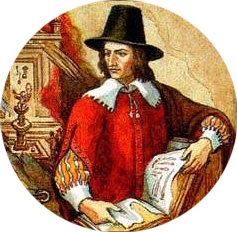 W
WKazimierz Siemienowicz was a general of artillery, gunsmith, military engineer, and one of pioneers of rocketry. Born in the Raseiniai region of the Grand Duchy of Lithuania, he served in the armies of the Polish–Lithuanian Commonwealth and of Frederick Henry, Prince of Orange, the ruler of the Netherlands. No portrait or detailed biography of him has survived and much of his life is a subject of dispute.
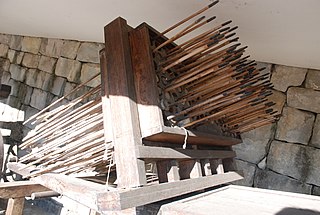 W
WSingijeon or shinkichon was a type of Korean fire arrow rocket, used during the era of the Joseon Dynasty (1392–1897). Multiple singijeon could be launched by hwacha.
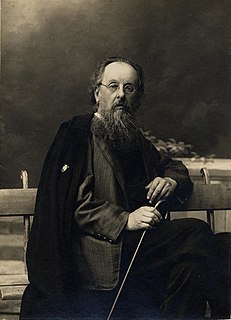 W
WKonstantin Eduardovich Tsiolkovsky was a Russian and Soviet rocket scientist who pioneered astronautic theory. Along with the Frenchman Robert Esnault-Pelterie, the Transylvanian German Hermann Oberth and the American Robert H. Goddard, he is one of the founding fathers of modern rocketry and astronautics. His works later inspired leading Soviet rocket-engineers Sergei Korolev and Valentin Glushko who contributed to the success of the Soviet space program. Tsiolkovsky spent most of his life in a log house on the outskirts of Kaluga, about 200 km (120 mi) southwest of Moscow. A recluse by nature, his unusual habits made him seem bizarre to his fellow townsfolk.
 W
WBaron Wilhelm Theodor Unge was a military engineer who invented a telemeter and various improvements to artillery. He was born in Stockholm, Sweden, in 1845. He worked with Alfred Nobel to improve the range and accuracy of Hale rockets, by using improved propellants and launching from cannons. It is possible that one of his rockets carried the Nobel camera that made the first aerial photograph from a rocket in April 1897.